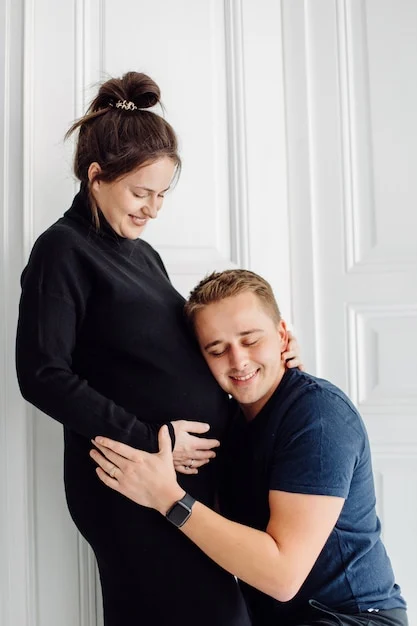As a physician, I cherish the joy and warmth that comes with the Christmas season. It’s a time that encourages kindness and community, as charities often receive a significant boost in donations, and children engage in festive songs and celebrations. The holiday season, despite its commercialization, can serve as a wonderful opportunity for families to bond, and the excitement leading up to the day is palpable.
However, I made the decision to tell my daughter, who has autism, that Santa Claus isn’t real, and I want to share my reasons for this choice.
1. Literal Interpretation Causing Distress
My daughter’s literal thinking meant that the concept of Santa caused her confusion and anxiety. While books and media depicted Santa coming down chimneys, we don’t have one, which led to distressing questions. She wondered how Santa could be in multiple places at once and why different Santas looked different. The magic of the story became a source of worry rather than joy for her.
2. Anxiety Disrupting Sleep
The idea of a stranger entering our home while she slept was terrifying for her. Instead of feeling excited about gifts, she became consumed with worrying about how Santa would manage everything. Even the thought of being forgotten, as depicted in her favorite shows, added to her distress. The result was sleepless nights filled with anxiety rather than the joy traditionally associated with the season.
3. Social Expectations Were Overwhelming
Even though my daughter never had to visit Santa in person, the social pressure surrounding him was too much. Seeing her peers interact with a stranger in a red suit contradicted the rules she had learned about safety and social interaction. This confusion made the concept of Santa even more distressing, leaving her feeling isolated during a time meant for celebration.
4. Protecting Her Brother’s Dignity
The most poignant moment came when my daughter, who has a younger brother with complex needs, became upset after hearing someone suggest he would be on Santa’s “naughty” list due to his behavior. Her fierce love for him outweighed any belief in Santa, and she begged me to clarify the truth. Ultimately, I realized that explaining the myth of Santa was necessary for her peace of mind.
Once I shared with her that Santa is not real, it felt like a weight had lifted. She could finally understand how Santa could be in multiple places and that the chimney stories were just that—stories. More importantly, she now knows that her brother will receive gifts regardless of his challenges, allowing her to embrace the holiday spirit fully.
I wish I had made this revelation sooner; my daughter is now more excited and engaged with the holiday than ever before. She knows exactly who buys her presents and how they come about, and this understanding has brought her immense joy.
For some children, especially those on the autism spectrum, discovering that Santa isn’t real can actually enhance their experience of Christmas.
If you’re interested in related topics, check out our article on intracervical insemination for more insights into family planning.
In summary, my decision to tell my daughter the truth about Santa was not only beneficial for her understanding but also alleviated her anxiety and allowed her to fully enjoy the holiday season.
